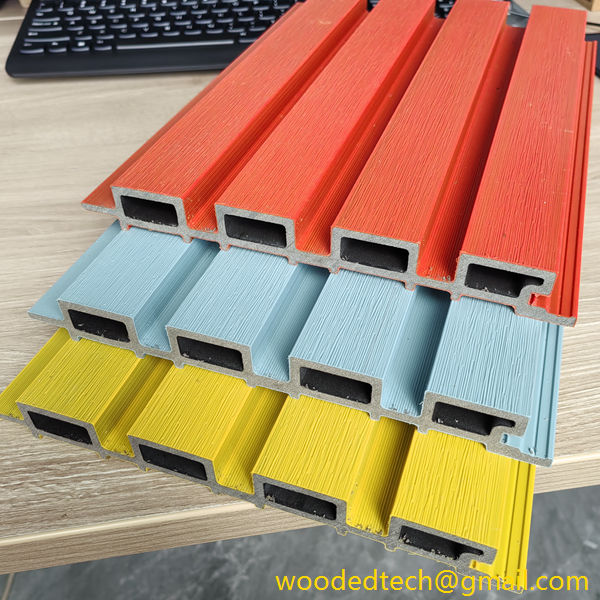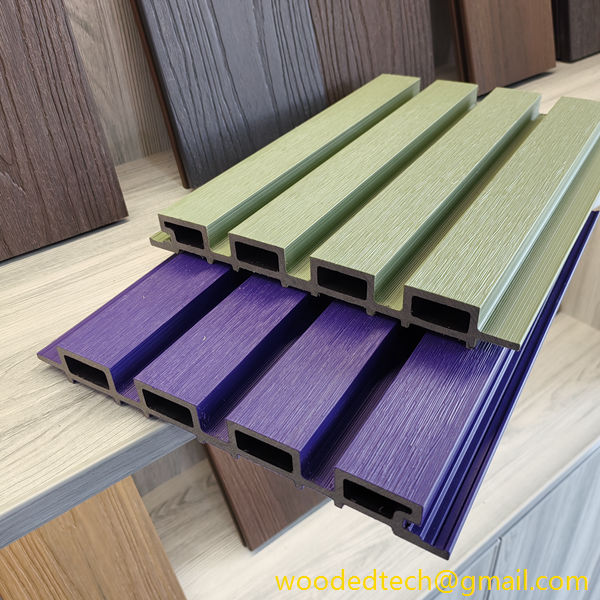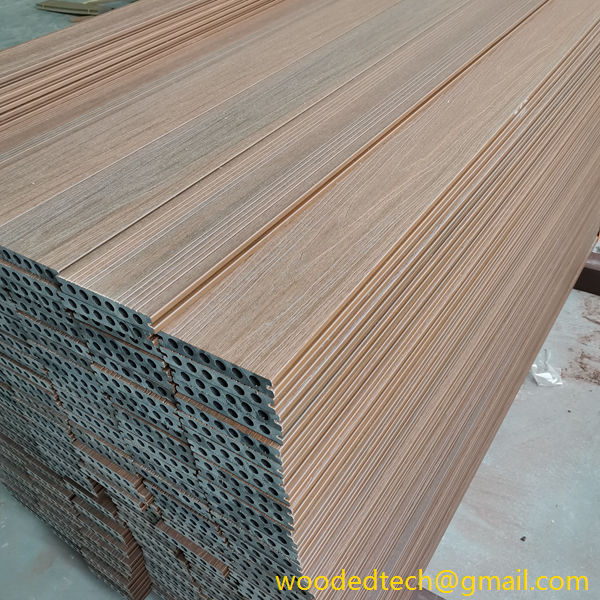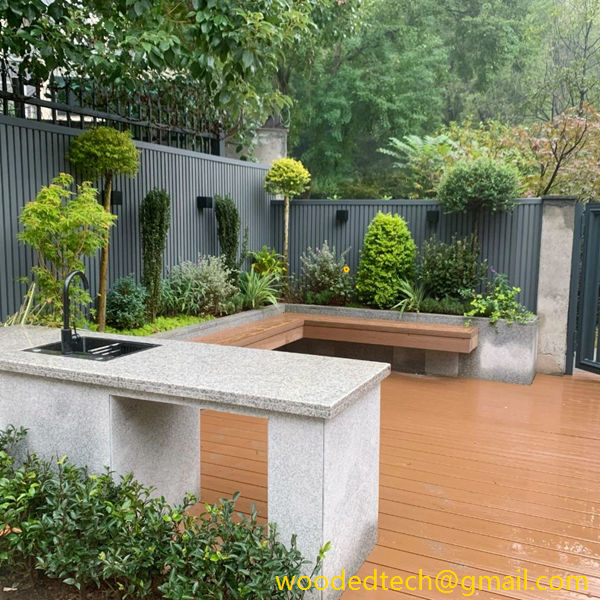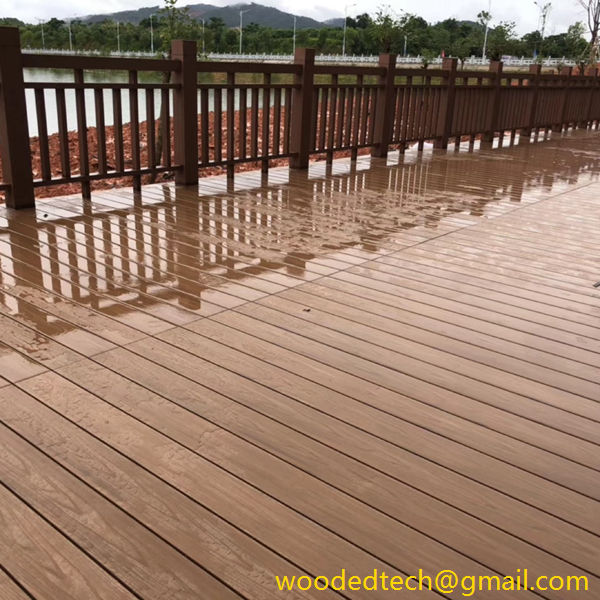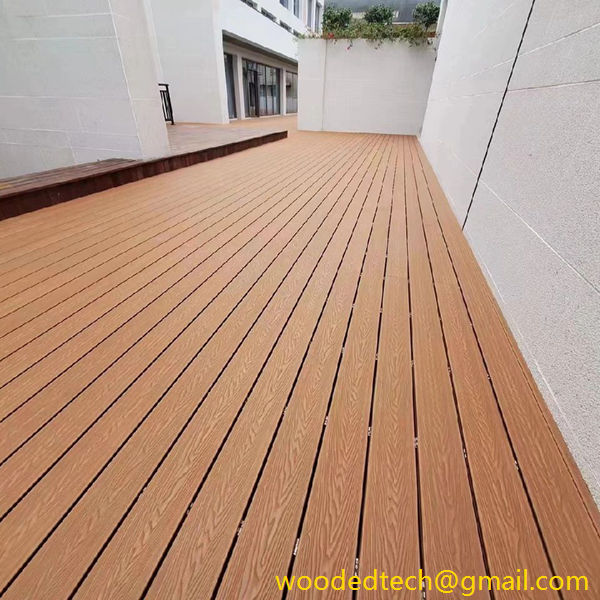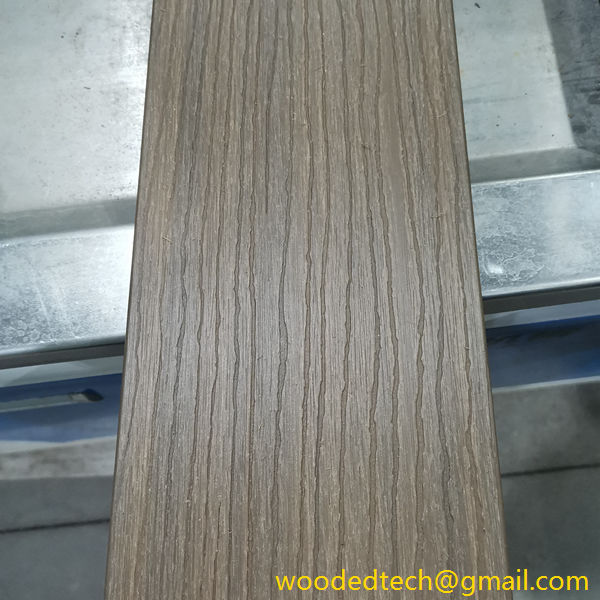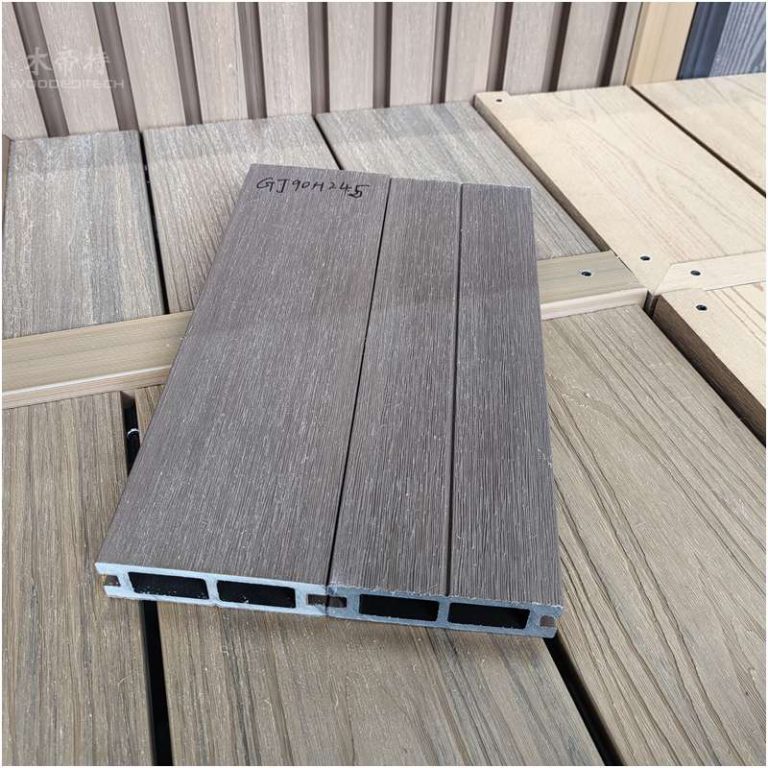Advantages of WPC Siding for Exterior Protection
Advantages of WPC Siding for Exterior Protection When it comes to selecting materials for exterior protection of homes, homeowners are increasingly turning to Wood Plastic Composite (WPC) siding. This innovative material has gained popularity in recent years for a variety of reasons, one of the most significant being its ease of installation. In this article,…
Advantages of WPC Siding for Exterior Protection
When it comes to selecting materials for exterior protection of homes, homeowners are increasingly turning to Wood Plastic Composite (WPC) siding. This innovative material has gained popularity in recent years for a variety of reasons, one of the most significant being its ease of installation. In this article, we will explore the numerous advantages of WPC siding, particularly focusing on how its characteristics contribute to a straightforward and efficient installation process, while also enhancing the overall protection of the home’s exterior.
First and foremost, WPC siding is designed to be user-friendly. Unlike traditional wood siding, which can be cumbersome and requires specialized tools for installation, WPC siding is lightweight and easy to handle. This makes it an appealing option for both DIY enthusiasts and professional contractors alike. Because WPC siding is less dense than solid wood, it can be transported and manipulated with greater ease, allowing for quicker setup and less physical strain during installation.
One of the standout features of WPC siding is its interlocking design. Many WPC siding products are manufactured with a tongue-and-groove system that allows the panels to fit together seamlessly. This feature not only simplifies the installation process but also enhances the overall aesthetic appeal of the exterior. The interlocking mechanism helps to prevent gaps that could lead to moisture penetration, providing an additional layer of protection against the elements.
In addition to its ease of handling, WPC siding is often designed to be installed directly over existing surfaces. This is particularly advantageous for homeowners looking to renovate or update their exterior without undergoing a complete teardown of their current siding. By allowing for installation over existing materials, WPC siding can significantly reduce labor and material costs associated with a full replacement. This feature also minimizes the amount of waste generated during the installation process, making it a more environmentally friendly option.
Moreover, WPC siding typically requires fewer tools for installation compared to traditional siding materials. While wood siding often necessitates a variety of specialized tools, including saws, hammers, and nails, WPC siding can often be installed using just a few basic tools. This not only saves time but also reduces the overall cost of the project. Homeowners can feel empowered to take on their exterior renovation projects themselves, leading to a sense of accomplishment and satisfaction.
Another advantage of WPC siding is its resistance to warping, rotting, and insect damage. Traditional wood siding is susceptible to these issues, which can complicate installation and lead to costly repairs down the line. WPC siding, on the other hand, is engineered to withstand harsh weather conditions and resist the common pitfalls associated with natural wood. This durability means that once the siding is installed, homeowners can enjoy peace of mind knowing that their investment is well-protected and that they will not need to engage in frequent maintenance or replacements.
The durability of WPC siding extends beyond its physical properties; it is also designed to be low-maintenance. Once installed, WPC siding requires minimal upkeep compared to traditional siding options. Homeowners do not need to worry about regular painting or staining, as WPC siding comes in a variety of colors and finishes that are designed to last. This attribute not only simplifies the maintenance process but also ensures that the home maintains its curb appeal for years to come.
Another critical aspect of WPC siding is its environmental sustainability. Many WPC siding products are made from recycled materials, making them an eco-friendly choice for homeowners who are conscious about their environmental footprint. By choosing WPC siding, homeowners can contribute to reducing waste and promoting sustainability. Additionally, the manufacturing process for WPC siding often consumes less energy compared to traditional wood siding production, further enhancing its green credentials.
In terms of safety, WPC siding is often treated to be fire-resistant, which adds an extra layer of protection for homes. This feature is particularly important in areas prone to wildfires or other fire hazards. Homeowners can feel secure knowing that their exterior siding is designed to help protect their property from potential fire damage, an assurance that traditional wood siding cannot always provide.
Finally, WPC siding offers versatility in design. With a wide range of colors, textures, and styles available, homeowners can customize their exterior to reflect their personal tastes and enhance the overall aesthetic of their property. This variety allows for creative expression and can significantly increase the value of a home, making it more appealing to potential buyers.
In conclusion, WPC siding offers a multitude of advantages for homeowners seeking exterior protection. Its easy installation process, lightweight nature, interlocking design, and low-maintenance requirements make it an attractive option for both DIY enthusiasts and professionals. Coupled with its durability, resistance to environmental factors, and eco-friendly properties, WPC siding stands out as an excellent choice for enhancing the exterior of any home. As more homeowners become aware of these benefits, it is likely that the popularity of WPC siding will continue to rise, solidifying its place as a leading option for exterior protection in the construction and renovation industries.

